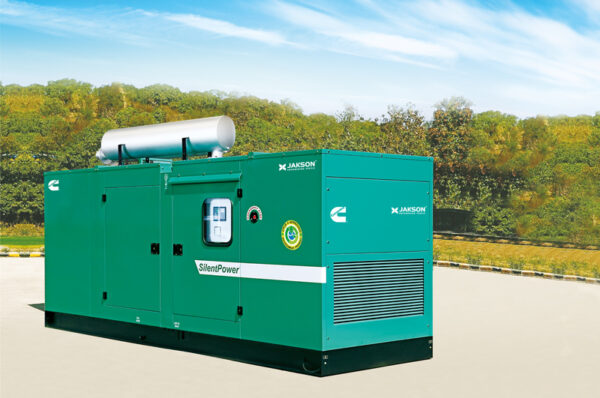Though newer distributed generation options like micro turbines, solar, and batteries have grabbed the headlines, diesel remains the go-to option because of its established technology and reliability. But growing competition and new regulations are threatening its traditional role. Here’s what diesel is doing to stay relevant.
What and how of Diesel Genset
“The more things change, the more they stay the same.” This adage can be applied to many aspects of life, but it is also an apt description of the dominance of diesel fuel within the overall industrial generator sets market. Diesel fuel has been the life-blood of the vast majority of industrial generator sets for decades; however, natural gas and other alternative fuels are gaining traction. Despite the overall global trend toward cleaner burning and more environmentally friendly (non-diesel) fuels, diesel will remain the leading fuel type used in the global generator sets market for many years to come.
While the diesel generator set market is forecast to lose some market share to natural gas and alternative fuel gen-sets, it is still predicted to experience moderate growth at a 6.2% CAGR over the forecast period. One of the factors working against diesel gen-sets is the increasing stringency of emission regulations occurring globally. In order to meet emission standards in regulated countries, diesel fuel gen-sets are now required to run on ultra-low-sulphur diesel (ULSD). The US Environmental Protection Agency has passed regulations that require a 97% reduction in the sulphur content of diesel fuel, from 500 parts per million (ppm) down to 15 ppm. ULSD fuel is more expensive than standard diesel fuel due to the additional processing needed to remove the sulphur. Despite this hindering factor, diesel fuel gen-sets are still in high demand as they offer several advantages compared with other fuel types such as a longer engine lifespan, lower maintenance costs, and safe fuel storage. As a result, diesel gen-sets share of the overall market in terms of revenues is forecast to fall only 4.5%, to 71.1%, in 2018.
Natural gas and alternative fuel gen-sets made up the remaining 24.4% of market revenues in 2013. The natural gas gen-set market, which accounted for around 20% of total market revenues at just over $3.1 billion in revenues in 2013, is forecast to experience the fastest growth of all fuel types within the market at an 11.9% CAGR through 2018, yet this will only slowly erode a small share of diesel fuelled gen-sets.
Better controls
All this sophisticated technology requires more sophisticated controls, and traditional analogue systems are giving way to advanced digital control systems. While small, rarely used backup Gensets can survive on analogue, larger and more complex systems—especially those providing baseload power—are moving to digital.
Digital controls are essential for the newest Gensets that rely on HPCR fuel systems and precise control of ignition and combustion. They’re also necessary where tight emissions compliance is a consideration.
Better future
Diesel was also chosen for its traditional advantages of reliability and rugged technology, which are important for a site that sees 50C heat and regular sandstorms. Though the engines are being adapted for the harsh climate, they need little of the advanced cooling and environmental controls that would be necessary for a gas turbine–based plant. Fuel costs, as well, are much less of an issue in a country with ample fossil fuel resources.

